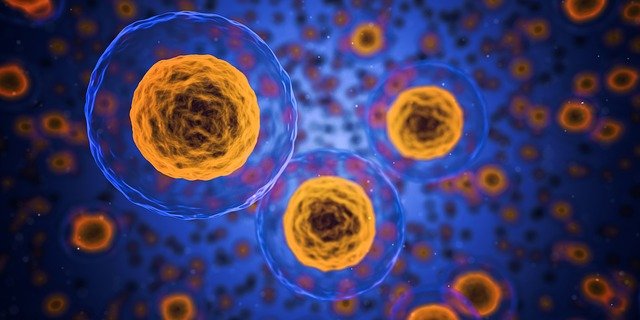
An important part of the formation of the development and growth of the different parts of the adult body, is the dismantling of organs and structures of previous stages. The most obvious example is metamorphosis in insects, but in people this process also occurs during the development of the sexual glands or in the involution of the breast, in post-lactation periods.
A work co-led by Dr. Jordi Casanova, head of the Drosophila Development and Morphogenesis laboratory at IRB Barcelona, also a researcher at the IBMB-CSIC, and Dr. Jérôme Solon, formerly at the Center for Genomic Regulation, and now an Ikerbasque researcher at the Bizkaia Biophysics Foundation and at the Biofisika Institute (CSIC-UPV / EHU), he has described the dismantling of the trachea of the Drosophila fly during metamorphosis. This collaboration has made it possible to address the issue by combining, on the one hand, a genetic and cellular approach and, on the other, a biophysical approach.
The process occurs in two phases: the first consists of a shortening / shrinking of the trachea, which causes a compaction of the cell membranes, thus initiating the second phase, characterized by cell death. In this second phase, not all the cells of the initial trachea die uniformly, but the so-called progenitor cells are saved, thus giving rise to the adult organ.
“Development is not only a construction process but also the dismantling of structures, either because they are not necessary or because of wear and tear due to their use. This process is especially important during aging, which is just another stage in the development or evolution of an organism. If we want to understand aging and approach it from a health point of view, it is crucial to understand these processes ”, explains Dr. Casanova.
Researchers Fraire-Zamora and Solon noted the need for these interdisciplinary collaborations for future discoveries: “An interesting aspect of this process, which leads to the disassembly of a multicellular organ, is the intricate involvement of physical mechanisms and biological signaling. Together they control cellular decisions and organ remodeling. Therefore, this work highlights that to understand complex processes, during animal development or in diseases, we not only need to reveal the genetic expression or biochemical activity of cells, but also to reveal their physical state and understand their mechanics ”.
The first author of this article is Dr. Juan J. Fraire-Zamora, a postdoctoral researcher at the laboratories of Dr. Solon and Dr. Casanova and it is a collaboration between IRB Barcleona, IBMB-CSIC, CRG and Ikerbasque. The study has received funding from the Spanish Ministry of Science and Innovation, the CERCA program of the Generalitat de Catalunya, the Biofisika Bizkaia Foundation and the Basque Excellence Research Center of the Basque Government.
For further information: DOI: 10.1016/j.cub.2021.09.057
.png)
